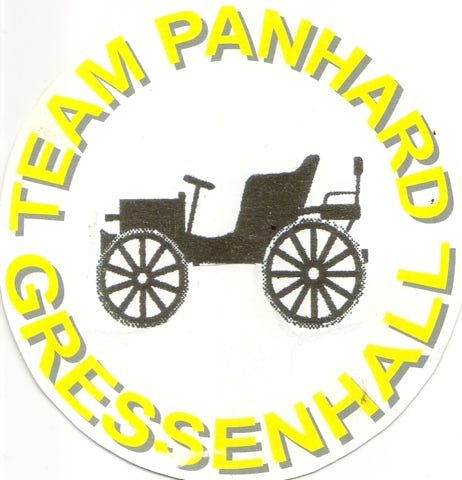
Chassis, suspension and body



Chassis
The chassis is of wood, joined by steel flitch plates with a steel sub-frame supporting the engine and gearbox. Structural attachments tend to be iron castings or steel forgings bolted on. The body is predominantly wooden.
It was normal at that period to have your ‘rolling chassis’ delivered to the coachbuilder of your choice to have the bodywork manufactured. This car has two plates from different coachbuilders (‘KELLNER et SES FILS’ of Paris, and ‘MULLINER LONDON Ltd’), suggesting that there has been some changes. We do not know who did what.
Based on the early photographs, it is apparent that the original mudguards have been changed.
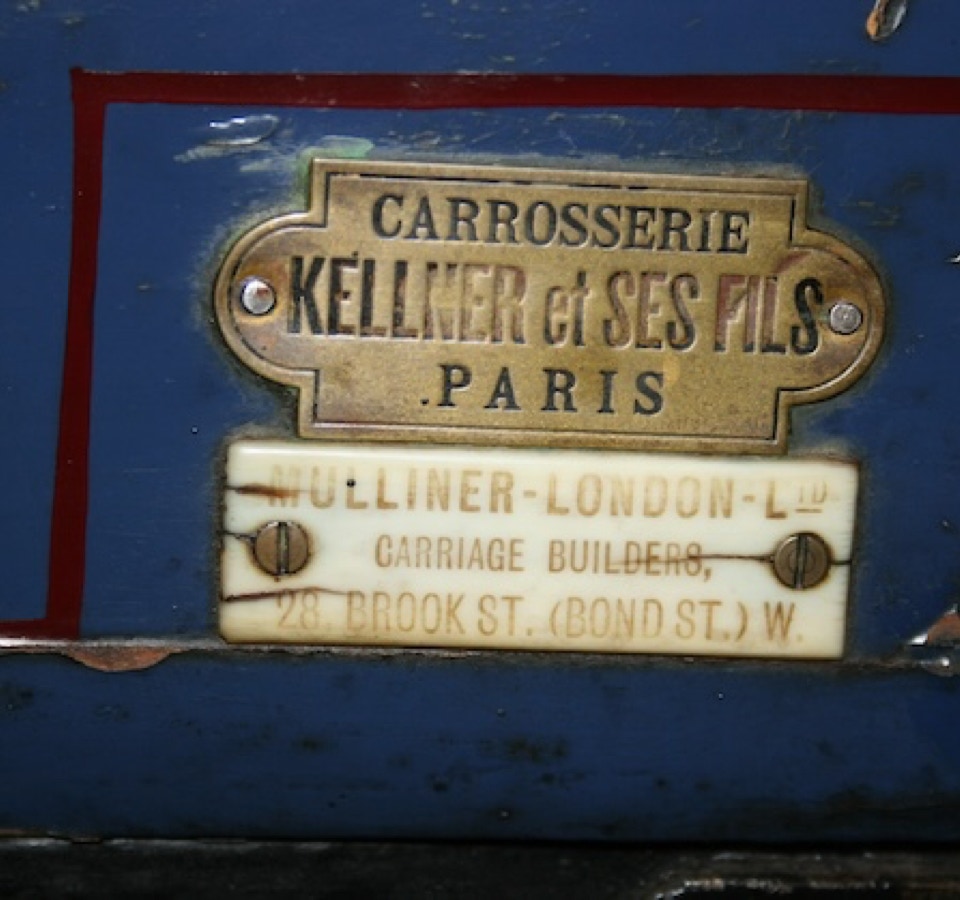
Coachbuilder plates
Suspension
Springing is by leaf springs all round - full elliptical at the rear, and semi-elliptical at the front. There are no separate dampers, though leaf springs have a degree of damping inherent because of friction between the leaves.
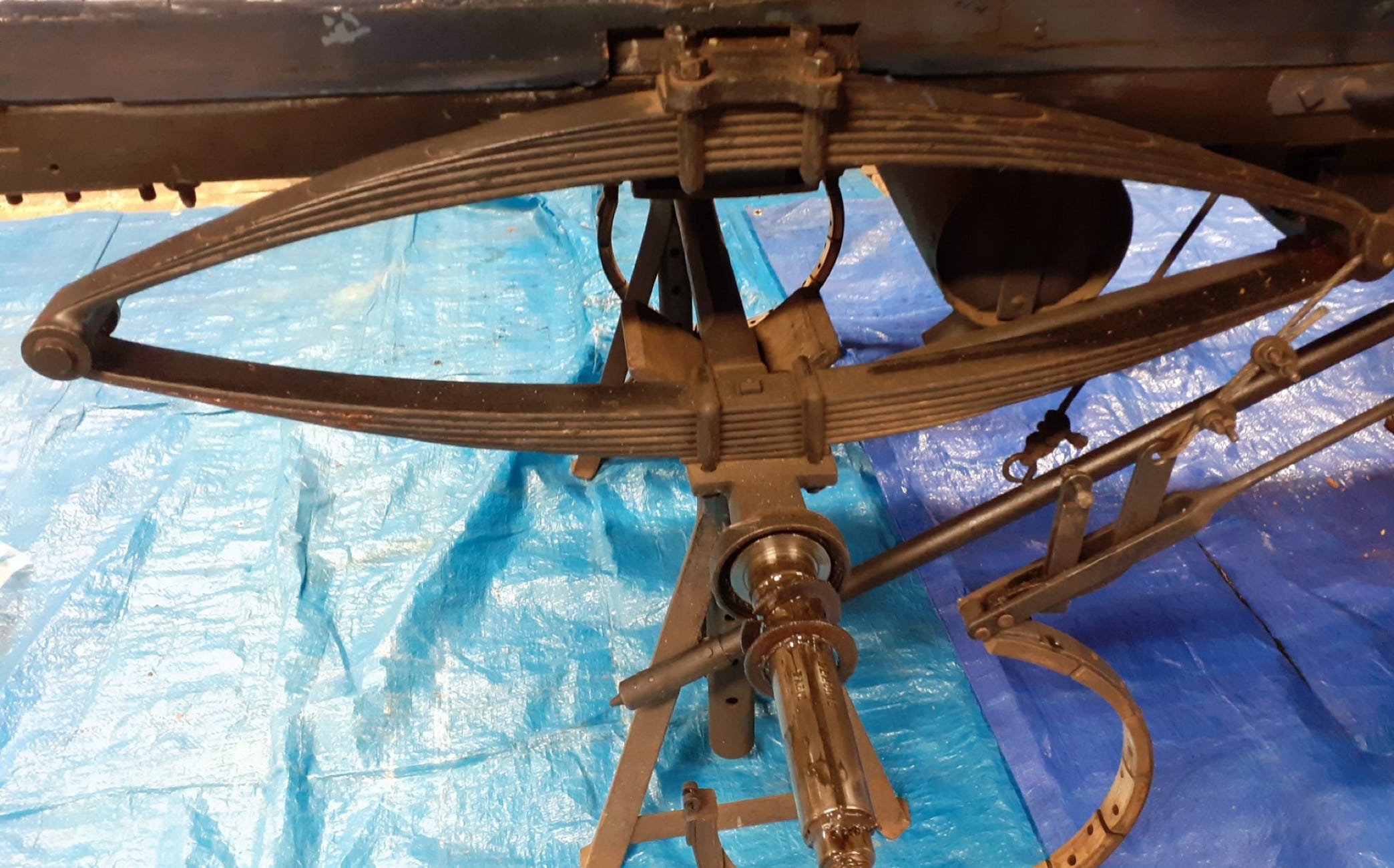
Full elliptical spring on rear
Lights
Acetylene lamps are fitted to the front of the car to give a small amount of visibility in the dark. There are no rear lamps or indicators.
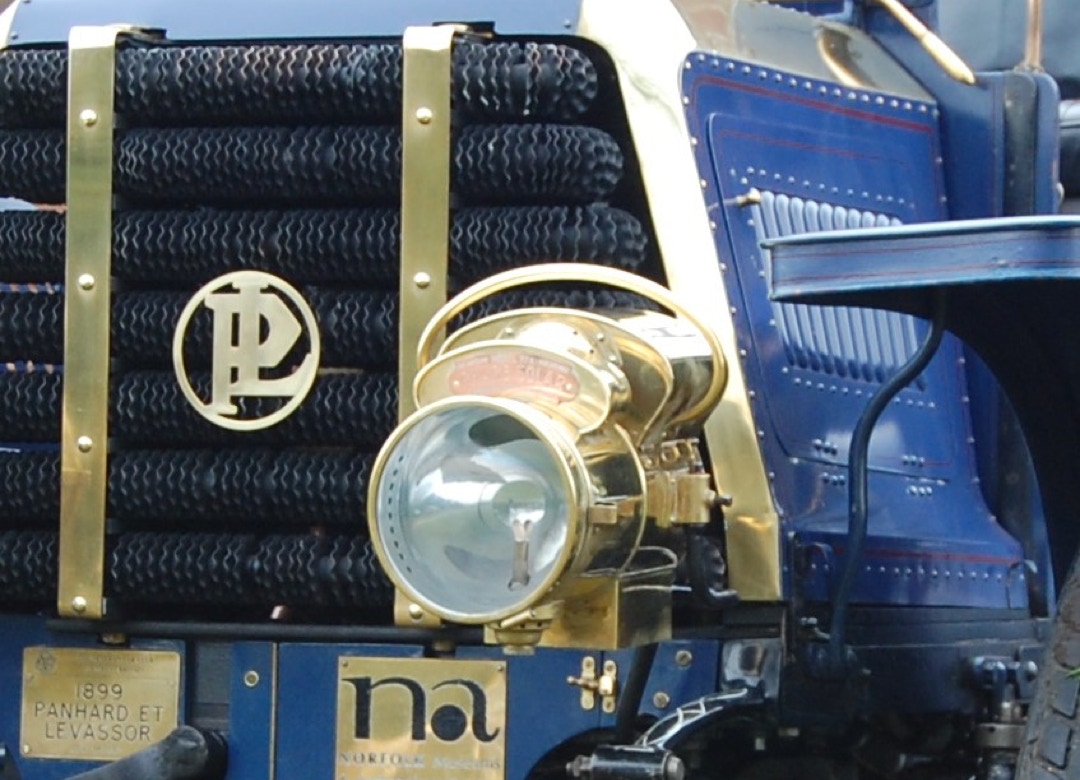
Acetylene headlamp (and new radiator)
Hood and Seating
As an attempt at weather protection the hood is of limited value. It is made of leather and resembles a large pram hood. If you were motoring along in the rain, it would have acted as an air brake and wouldn’t have protected you from getting wet.
We still have the original hood but it is kept indoors in the museum as it is too fragile to use.
Driving with two people on board is fairly comfortable on the main leather seat. A single person on the rear ‘dickey’ seat is feasible but two would be a squeeze. It was not unusual to see another person sat in the passenger footwell with his feet on the step. This would normally be the travelling mechanic.
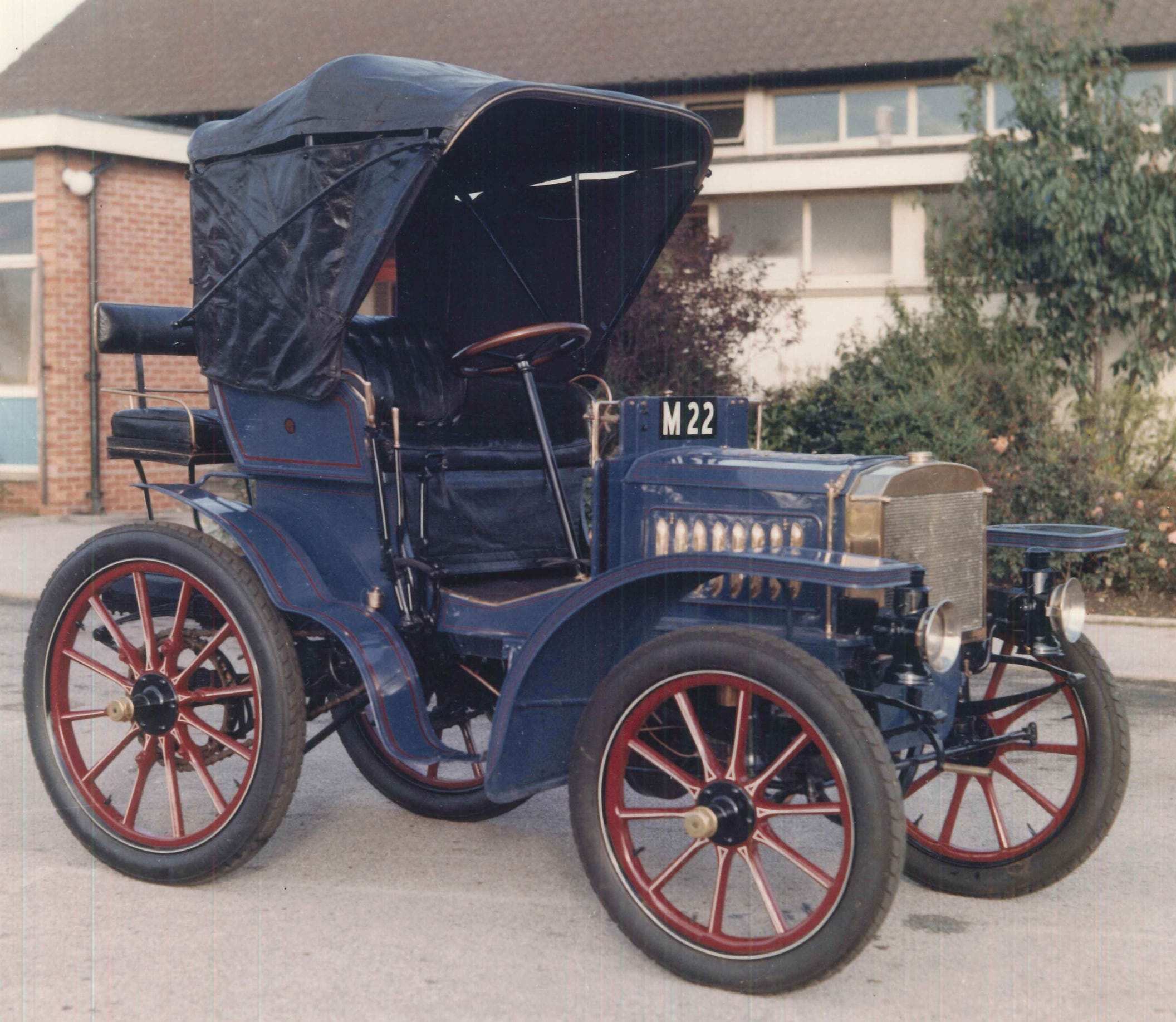
Hood (and Belsize radiator)
Page updated
Copyright Team Panhard
2024